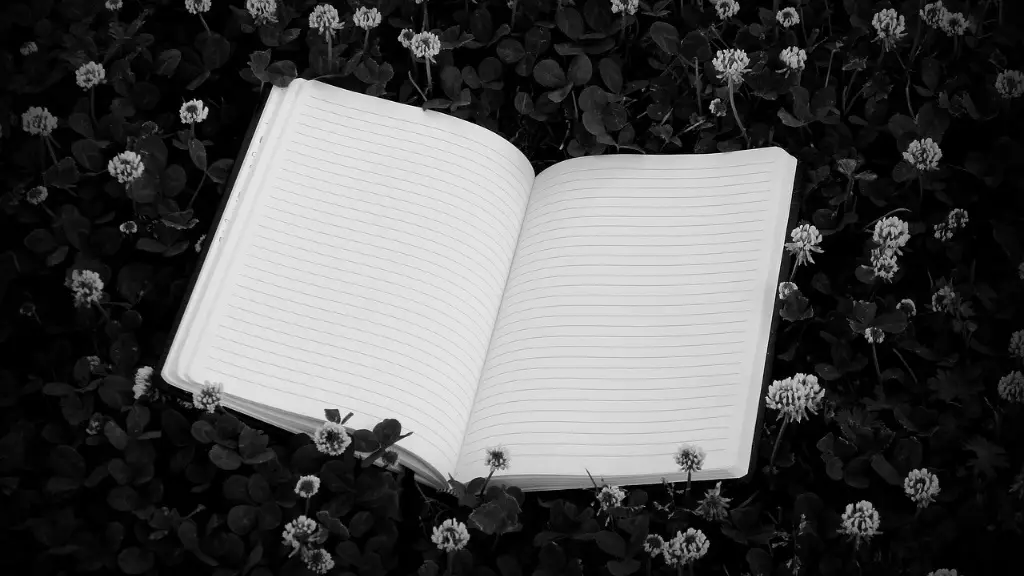Definition of Ode Poetry
Ode poetry is a form of lyric poetry marked by lofty sentiment and elevated style. Traditional odes celebrate a person, an event, or a place and celebrate the subject’s greatness and beauty. The ode form is often thought of as a serious and dignified poetic style, often used to express deep emotion.
History of Ode Poetry
Odes first appeared in Ancient Greece as part of religious ceremonies. The Greek poets such as Pindar and Anacreon wrote about heroes and gods in their odes. Over the centuries, the form was used to convey emotions and admiration for royalty, beauty, and love. Ode poetry was popular during the Renaissance, when poets wrote odes in honor of the queen and other important figures.
During the Romantic period, odes became deeper and more emotional. Famous poets like Percy Bysshe Shelley, William Wordsworth, and John Keats wrote odes that express their deep feeling and admiration for nature, beauty, and love.
What is the Structure of an Ode?
Ode poetry usually follows a specific structure. It is often written in three parts, each with a different focus. The first part is an address to the subject, and the second part is an expression of admiration or praise. The third part typically contains the poet’s personal reflections on the subject.
Odes can follow traditional rhyme schemes such as the Petrarchan, the Fictitious, or the Horatian. These rhyme schemes are used to create a sense of rhythm and flow, which helps to convey the emotion of the ode.
Forms of Ode Poetry
There are several forms of ode poetry including the Ode on a Grecian Urn, the Italian Sonnet, the Classical Ode, and the Pindaric Ode.
The most popular form of ode poetry is the Ode on a Grecian Urn, which was popularized by the poet John Keats. This type of ode is an address to a particular object, building, or person and celebrates it in a poetic and lyrical way.
The Italian Sonnet is a lyrical type of ode that is typically about love or romance. The poem has two parts and is generally written in the Petrarchan Iambic Pentameter.
The Classical Ode, also known as the Horatian Ode, is a lyrical type of ode written using a specific structure. This form of ode typically consists of three stanzas with alternating rhyme schemes, and a final stanza with a recurring rhyme.
The Pindaric Ode takes its name from the Greek poet Pindar. This type of ode typically celebrates important events or people and consists of stanzas of long lines and refrains.
What is the Difference Between an Ode and a Song?
Odes and songs may share some similarities in their lyricism, but there are important differences between them. Odes are typically written in a serious and elevated style, and don’t usually have a defined structure like songs. Songs, on the other hand, are typically more lighthearted and often have a set structure such as a verse/chorus/verse pattern.
Themes in Ode Poetry
Ode poetry can be about anything from nature and beauty, to love and admiration. Odes allow the poet to express feelings in a poetic and lyrical way, and can be used to explore a variety of themes.
Popular themes in ode poetry include love and friendship, admiration of nature, and reflections on life and death. Odes can also be written to celebrate a person, an event, or a place.
The Value of Ode Poetry
Ode poetry is an ancient and revered poetic style that has been used to explore a variety of themes. Odes allow the poet to express deep feeling and emotion, and can be used to celebrate beauty, love, and friendship. Odes are still written today, demonstrating their continued relevance and power.

